[from freak weather thread, I think I've got the most important posts)
Originally posted by JimC
Originally posted by Lucy Lee
It seems to me that there is really no excuse for anything more than a 10-15hp on a small rib with a soft bow. |
For boat rescue yes. For personal injuries and worse its nice to think you can rapidly reach the shore and proper medical attention. |
Originally posted by Lucy Lee
Hmm not sure I agree. Just trying to think through some possible/ likely personal injuries & appropriate rescue speeds (mind you, I probably am the 'appropriate medical attention' most places I sail!)
1. Head injury: very slow in case of likely concomitant neck trauma
2. Broken / Dislocated bone: very, very slowly to reduce pain!
3. Severe bleeding: depends on the number of people in the boat as someone is going to have apply pressure & elevate if possible and that is very hard if the boat is bouncing or you are driving!
4. Hypothermia: surprisingly slowly to avoid unnecessary movment for casualty & wind chill
5. Drowning / near drowning: This is the only one I can think of where you might want to absolutely floor it rather than attempt CPR in the boat.
I tend to be much more worried about propeller injuries and the monumental problem of getting people into a big rib! I'd also much rather have to deal with any problems like lifting an engine or manually starting one in a smaller boat. I've also had enough incidents with outboards big & small that get stuck in gear or with lousy throttles than rev uncontrollably to be wary of the big ones! |
Originally posted by Iain C
Have to disagree on that one!
First priority on a rescue is counting heads. If you cannot get to a boat quickly enough to see the heads then you might have an issue, as I am sure you know it takes about 3 mins underwater to get brain damage. Even a small RIB will need more than 10hp to plane effectivly upwind in waves.
Assuming then worst case scenario you've abandoned the boat and picked people up to get them ashore and warm, 10-15hp will just simply be not enough. I regularly drive an Avon Searider 5.4 with a 60hp and even then you notice a big difference with 3 in it. Pick up another doublehanded crew (5 in total) and even then you struggle to plane (partly due to the double flooding hull construction of a Searider)
Add towing (windage on a dead boat can be huge) and the fact that you will never power-roll a biggish skiff or cat with 15hp and the argument for power is clear...however the driver MUST have the training and experience to handle it safely and consideratly.
|
Originally posted by Jack Sparrow
Like all these things everyones sort of right, aren't they, as it depends on
what venue, prevaling conditions e.t.c
Bigger sea's = bigger boat = bigger engine e.t.c
it's that power to weight ratio thing again.
but a 30hp would do most situations I would of thought on a matched Rib
/ inflatable - Zodiac / Bombard e.t.c
But get on the sea with a big fleet and it's a different matter.
As they said in JAWS - you're gon'a need a bigger boat.
|
Originally posted by Calum_Reid
Having driven a 4.5 meter Avon Sea Rider with 30 Hp Four Stroke Engine at the Cherub and Moth National at largo i must say we were strugling to get planing upwind in the waves at times. Not only that but the short rib is manouverable yes but a nightmare in the big waves as you just get thrown about. Whereas the big 7 meter sea rider that had the 90 Hp engine on the bk had no trouble in the waves and was able to be at any capsize well within a minute. Even at the other side of the big course. Neither of these boats are rescue boats but were borrowed from club members to do the job. I personaly feel that the big rib with the big engine was the most useful boat in the fleet.
So yes I agree with Jack Sparow on 'Bigger sea's = bigger boat = bigger engine e.t.c ' |
Originally posted by m_liddell
I agree with the stuff people have said about needing bigger rib/more power in bigger sea state.
Using small ribs with 30hp is fine but dealing with big waves or wayfarer full of water needs a lot more than that. I've given some 30min tows back even with boats like rs800s. |
Originally posted by tornado435
Just a small point coming in late and not reading everything.
The big issue with big ribs is getting in them!! I was unfortunate enough to capsize my hurricane at a large inshore club a while ago. Boat was going onto the lee shore ( hard concrete) I had been thrown clear ( it was a good one). One of the club members had his big ( 7ish metre rib) there and they and I could not get me in it in a rush. In order to save my boat I got them to tow me while in the water, my call but still v dangerous.
I could have easily got into one of the clubs smaller Tornado ribs. I was a relatively fit 31 year old at the time. |
Originally posted by Jack Sparrow
Originally posted by allanorton
Originally posted by JimC
Originally posted by ed490
with a chance of
an unpleasant meeting with the prop. |
This is of course an
argument for a more powerful engine, means you can have a prop guard.
It terrifies me working with somone in the water with an unguarded
prop... |
Without a prop guard you will be injured but the body part can be
easily removed or is thrown clewar by the prop, with a prop guard you
cannot remove the body part, and the limb, for example, would be drawn
further into the prop. |
So in short: if you are part of the mortuary clean up team you would
prefer a prop without a guard so you can get home in time for tea?  |
Originally posted by Lucy Lee
Or if you are the only vaguely medically qualified person for miles, wouldn't you prefer a nice small rib the person could get into in the first place? 
|
Originally posted by JimC
Originally posted by allanorton
with a prop guard you cannot remove the body part |
If you can get the body part in it's not a prop guard is it?
|
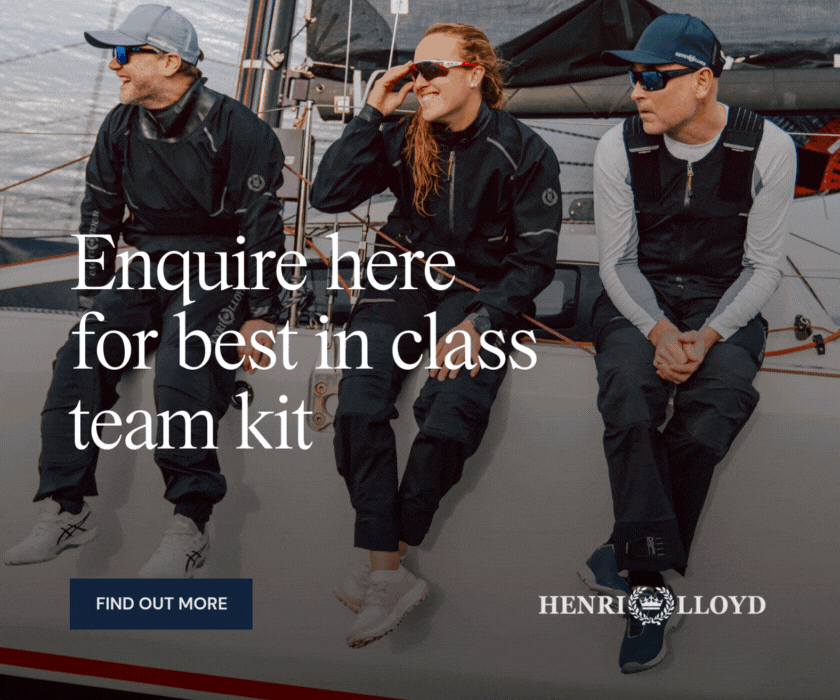
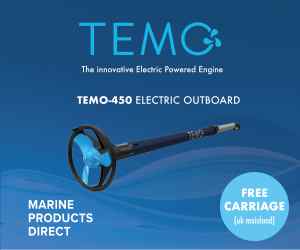
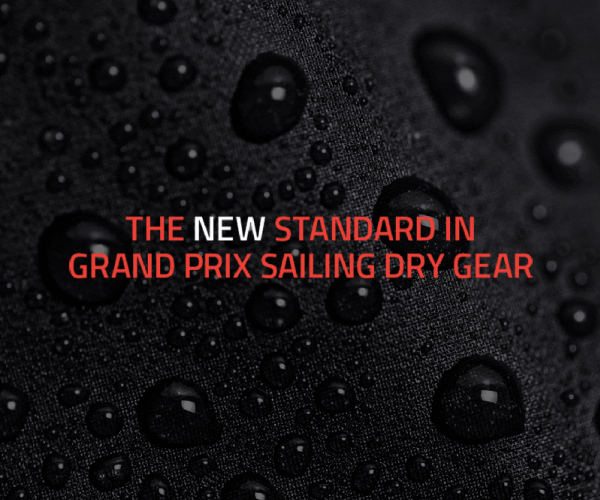
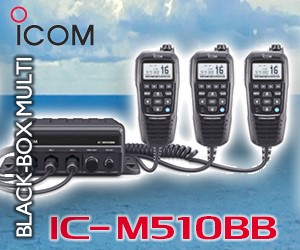



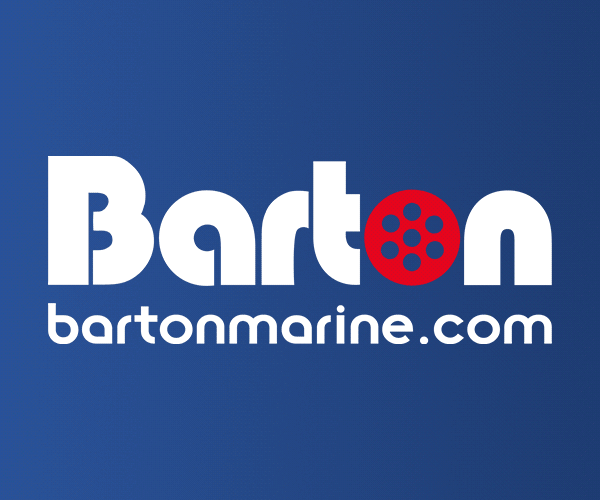
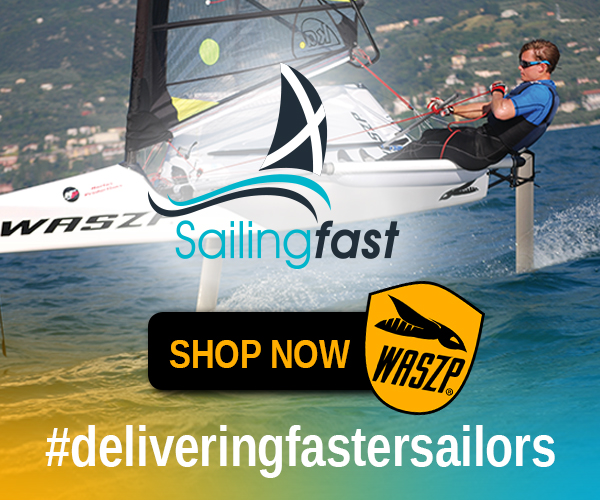

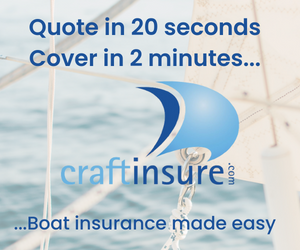

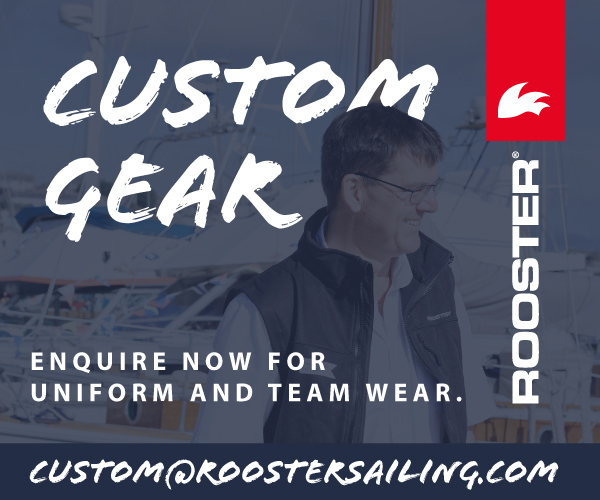

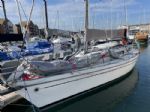





 Post Options
Post Options
 Quote
Quote  Reply
Reply
 Topic: The Ideal Rescue Boat
Topic: The Ideal Rescue Boat














 Printable Version
Printable Version Delicious
Delicious Digg
Digg Facebook
Facebook Furl
Furl Google
Google MySpace
MySpace Newsvine
Newsvine reddit
reddit StumbleUpon
StumbleUpon Twitter
Twitter Windows Live
Windows Live Yahoo Bookmarks
Yahoo Bookmarks Topic Options
Topic Options
